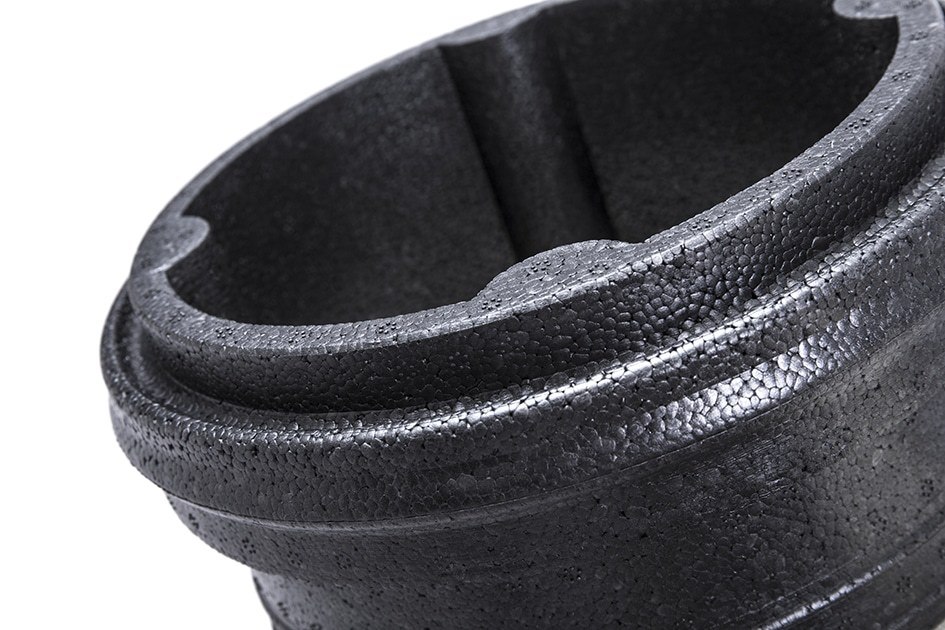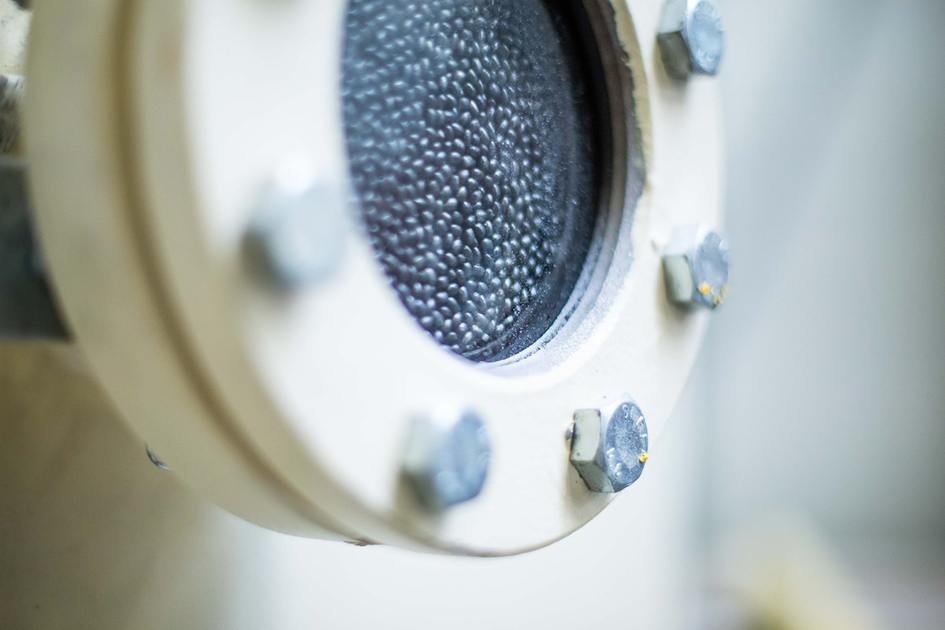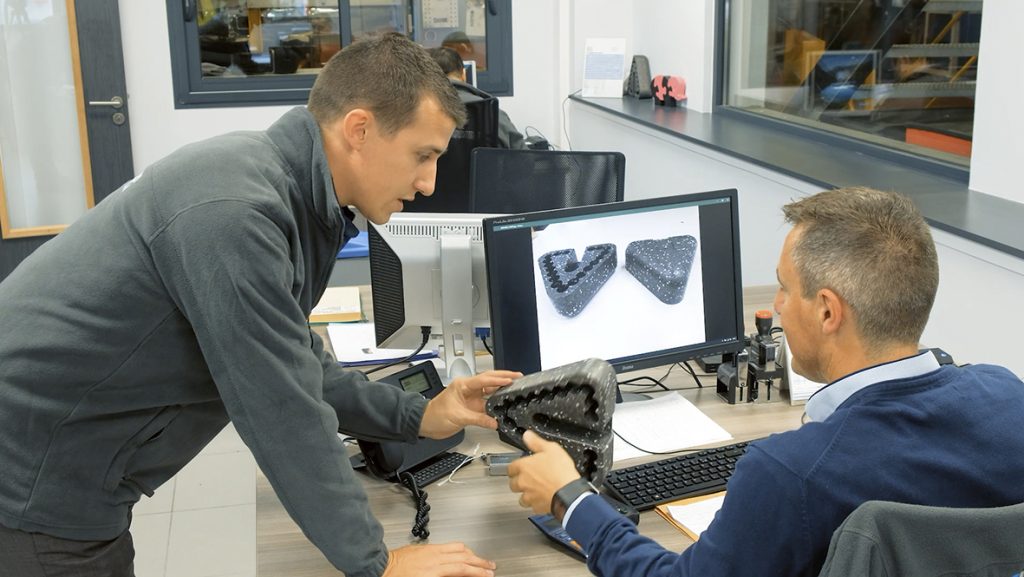The use of protective foam is extended across a number of industries because of this material’s distinct benefits and features.
A light and versatile option for protective foam packaging, materials such as EPP and EPS foam have gained popularity in recent years.
At the same time, research around these materials’ environmental impact has made it possible to effectively counter false claims and confirm their sustainability compared to other alternative, less efficient materials.
What exactly is protective foam, what are its benefits, and what are the current possibilities to use it as efficient and sustainable protective foam packaging? From decades-long experience with protective foam, at Knauf Appliances, we share a short guide about this material and its benefits.
What is protective foam?
Protective foam refers to a variety of plastic foam materials with distinct characteristics including different densities and protection capabilities.
However, their common feature includes the possibility to be cut or molded in different shapes and sizes, so that customized solutions and objects are generated.
In the case of EPP and EPS foam, which are two of the most popular and efficient materials in the protective foam category. Their manufacturing process then expands plastic beads, injected into molds with the desired shape.
The characteristics of these materials translates into the following benefits:
- Vibration and shock absorption is an adequate solutions for protecting even very fragile objects
- Thermal insulation
- Impact and chemical resistance
- Waterproof
- High strength to weight ratio
- 100% recyclable and a low carbon footprint during manufacturing
These outstanding benefits have boosted the expanded polypropylene protective foam market value: it’s expected to grow at a compound annual growth rate (CAGR) of 6.3% from 2021 to 2028.
What can protective foam be used for?
Several industries are using protective foam to generate durable and efficient plastic technical parts such as ventilation units, ducting, and fitting.
This includes HVAC technical parts made of polypropylene foam, which make the most of this material’s thermal insulation possibilities when manufacturing ducts, fittings, heat recovery systems, and insulation solutions.
However, perhaps the most well-known use of protective foam is the generation of protective foam packaging, providing a barrier for product protection during transit while guaranteeing other logistical and sustainability advantages.
The different types of protective foam packaging
- Packaging shavings, employed to fill voids within wider packaging solutions
- Padded dividers are also included within other packaging solutions to add further protection and guarantee adequate product presentation
- Primary, secondary, and tertiary customized protective packaging
When is protective foam a suitable solution?
- When protection from shocks and vibrations is a must, eliminating product returns
- If companies are looking for a durable material that helps them improve their logistic costs, thanks to the lightweight nature of protective foam (EPS and EPP are made of 98% air)
- Products that require thermal insulation as well as protection from moisture
- If custom packaging solutions are required, protective foam represents a cost-effective and quick way to replicate custom protective foam packaging
- When sustainability must be taken into account. EPP and EPS represent the right solutions because of their low-emission manufacturing process, as well as the possibility to include them in recycling programs and circular economy initiatives, such as Knauf Circular®
How can appliances benefit from protective foam packaging?
Beyond the protective benefits we’ve outlined above, the use of protective foam packaging brings a number of additional advantages that is not so instantly recognized.
Among these, the possibility to minimize transportation and storage costs stands out, because custom, lightweight packaging solutions are developed that manage to optimize space while minimizing costs related to weight.
Another important advantage comes from this material’s capabilities in terms of thermal insulation. This means product life cycles can be extended, thus increasing possibilities in areas such as food or pharmaceutical packaging.
You might also be interested in: Optimized packaging solutions to reduce costs
What are the latest protective foam innovations?
Great efforts are being made to confirm protective foam’s sustainability.
This is a battle fought on many fronts. First, at Knauf, we’ve committed to developing recycling programs that guarantee EPS is given a new life, while also working to generate reusable EPP protective foam packaging.
Other innovations include refining the manufacturing process to minimize the needed resources to create protective foam.
At the same time, we guarantee eco-design is integrated into every project, in search of the right balance between sustainability and technical performance.
All of this is done thanks to our ID Lab, through which innovative and personalized design, prototyping, and testing take place.
We thus work to push the possibilities of expanded polystyrene, expanded polypropylene, and closed-cell foams through innovative plastic injection, extrusion, and thermoforming.
Want to learn more about protective foam and current possibilities in this field, and see how they might apply to your company’s needs? Download our free Technical Manual about expanded foam in the industry.





